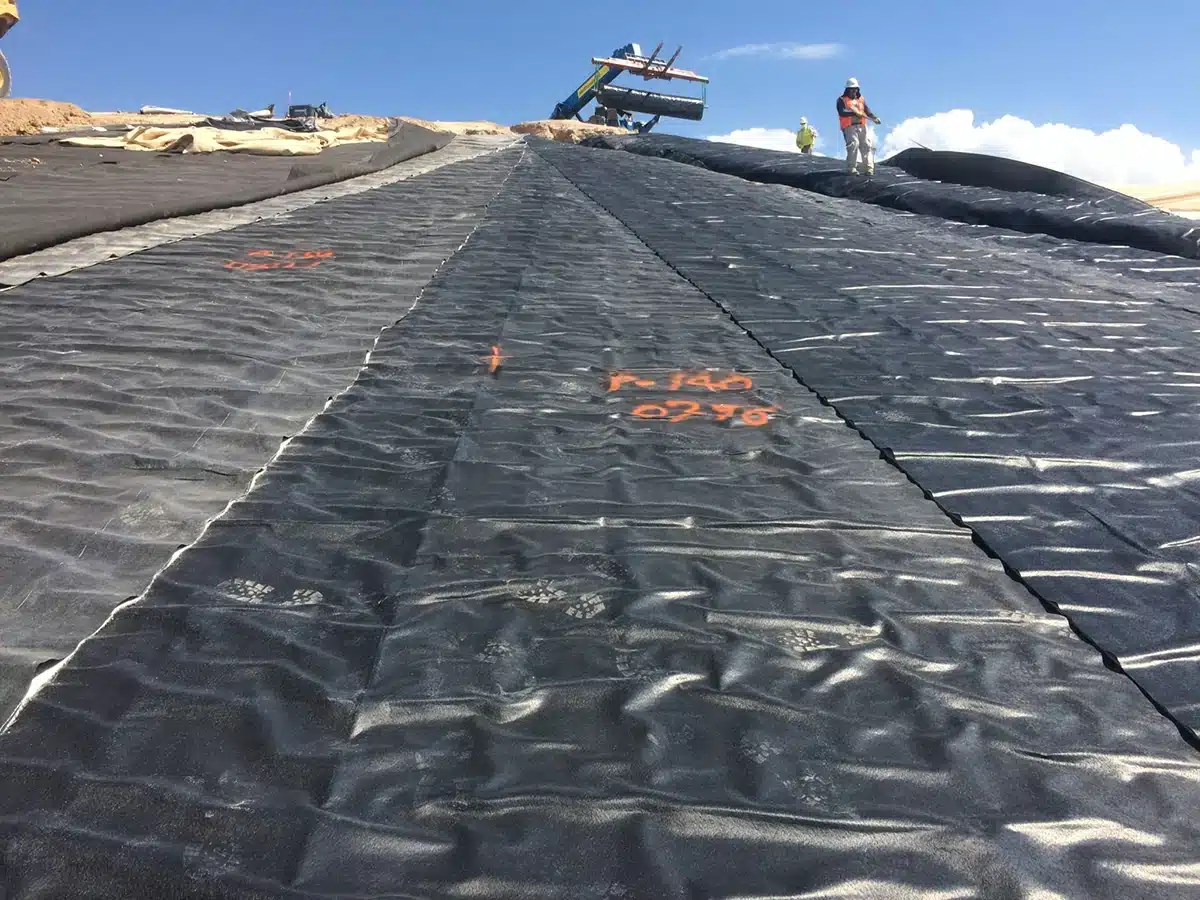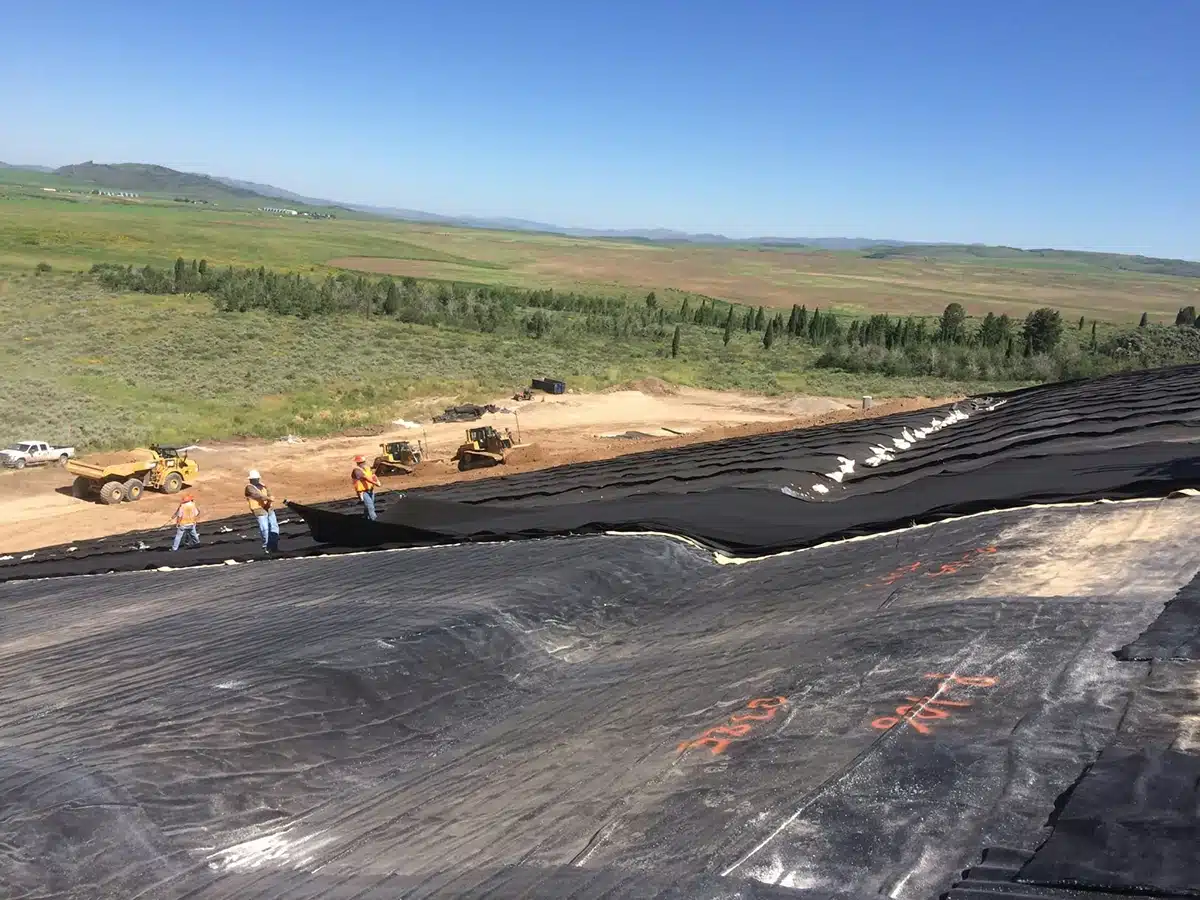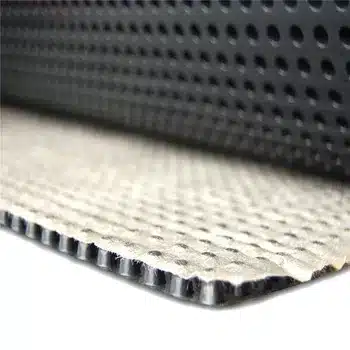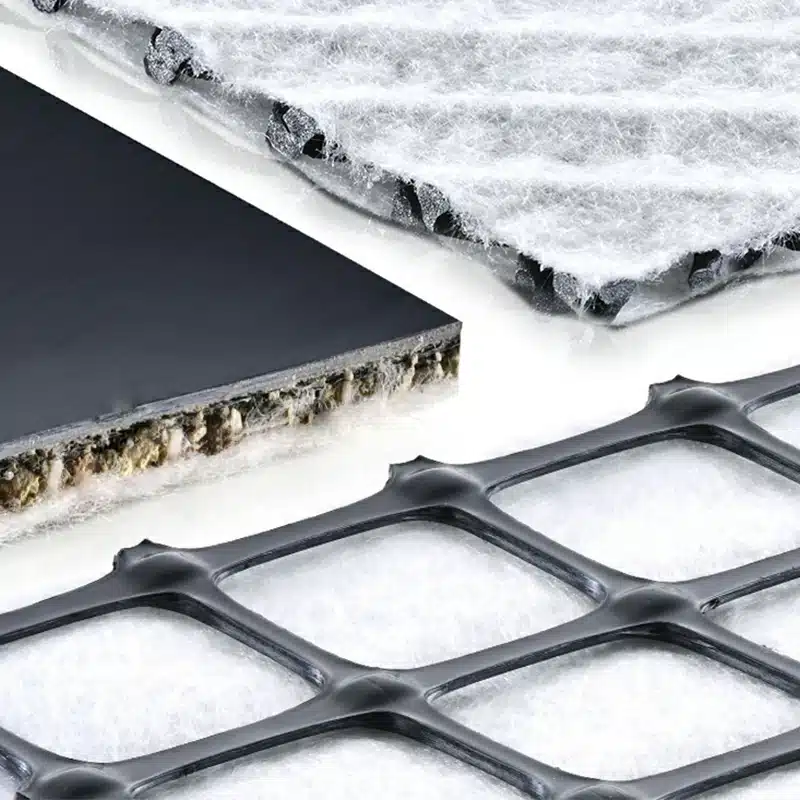+86-159 9860 6917
info@geofantex.com
geofantex@gmail.com
+86-400-8266163-44899
In the realm of construction and environmental management, the concepts of separation, filtration, drainage, reinforcement, sealing, and protection play pivotal roles. These processes are fundamental to ensuring the structural integrity, longevity, and environmental compatibility of various projects. From civil engineering to environmental conservation, understanding these six functions is crucial for professionals aiming to implement sustainable and efficient solutions. This article delves into each of these critical processes, exploring their importance and applications in modern projects.

What is the significance of separation in construction and environmental projects?
Separation refers to the process of isolating different materials or layers to prevent mixing, contamination, or erosion. In construction, this often involves the use of advanced materials such as geotextiles or geocomposites. A geocomposite consists of a combination of one or more geosynthetics, specifically a geogrid, a geotextile, a geomembrane, and/or a geonet, with another material, offering a multifunctional solution that enhances separation efficiency. These materials are employed to separate soil from aggregates, ensuring stability and preventing the loss of materials. Environmentally, separation can also mean the containment of pollutants to prevent them from spreading into surrounding areas. By integrating such sophisticated materials, the process becomes crucial for maintaining the integrity of structures and protecting natural habitats from contamination, thereby underscoring the importance of advanced separation techniques in modern engineering and environmental protection efforts.
How does filtration contribute to environmental sustainability and construction efficiency?
Filtration involves the removal of particles or pollutants from liquids or gases. In construction, it is essential for managing water flow through soils, preventing clogging and maintaining the effectiveness of drainage systems, particularly for drainage from a basal layer in case of embankments and for drainage behind retaining walls and/or bridge abutments. This specific application highlights the critical role of filtration in ensuring the stability and longevity of such structures. Environmentally, filtration systems are used to clean water and air, removing harmful substances before they can impact ecosystems or human health. By ensuring clean water and air, and by addressing specific needs such as drainage in critical construction scenarios, filtration supports sustainability and health in construction and environmental projects.

Why is drainage important in managing water resources and preventing structural damage?
Drainage is the process of removing excess water from an area to prevent waterlogging, erosion, and structural damage. In construction, effective drainage systems protect foundations and landscapes from water damage, often employing geotextiles as a filter between silty sand and the stone bedding around the pipes. This specific application ensures that the drainage system remains effective by preventing the infiltration of fine particles that could lead to clogging. Environmentally, proper drainage prevents habitat destruction and reduces the risk of flooding. By managing water flow, and by strategically placing filters to maintain the integrity of drainage systems, the balance between water conservation and the protection of built and natural environments is upheld.
What roles do reinforcement, sealing, and protection play in enhancing project durability and safety?
Reinforcement strengthens structures against physical stresses, using materials like steel bars in concrete to enhance tensile strength. Sealing involves applying barriers or coatings to prevent the ingress of water, chemicals, or other harmful substances, protecting materials and environments from degradation. Protection encompasses a range of measures, from erosion control fabrics to thermal insulation, aimed at safeguarding structures and environments from various threats. These practices are integral components of a broader suite of construction and environmental management strategies, including separation, filtration, and drainage, which collectively contribute to the durability, safety, and longevity of projects. By implementing these interconnected processes—separation, filtration, drainage, reinforcement, sealing, and protection—professionals can address a comprehensive array of challenges, ensuring that projects are not only structurally sound but also environmentally responsible and sustainable.
The integration of separation, filtration, drainage, reinforcement, sealing, and protection is fundamental to the success of construction and environmental projects. These processes work in harmony to ensure structural integrity, environmental sustainability, and the overall longevity of projects. By understanding and applying these principles, professionals can achieve more efficient, durable, and environmentally friendly outcomes, contributing to the advancement of sustainable development and conservation efforts.



Get Free Sample
We’ll respond as soon as possible(within 12 hours)





















